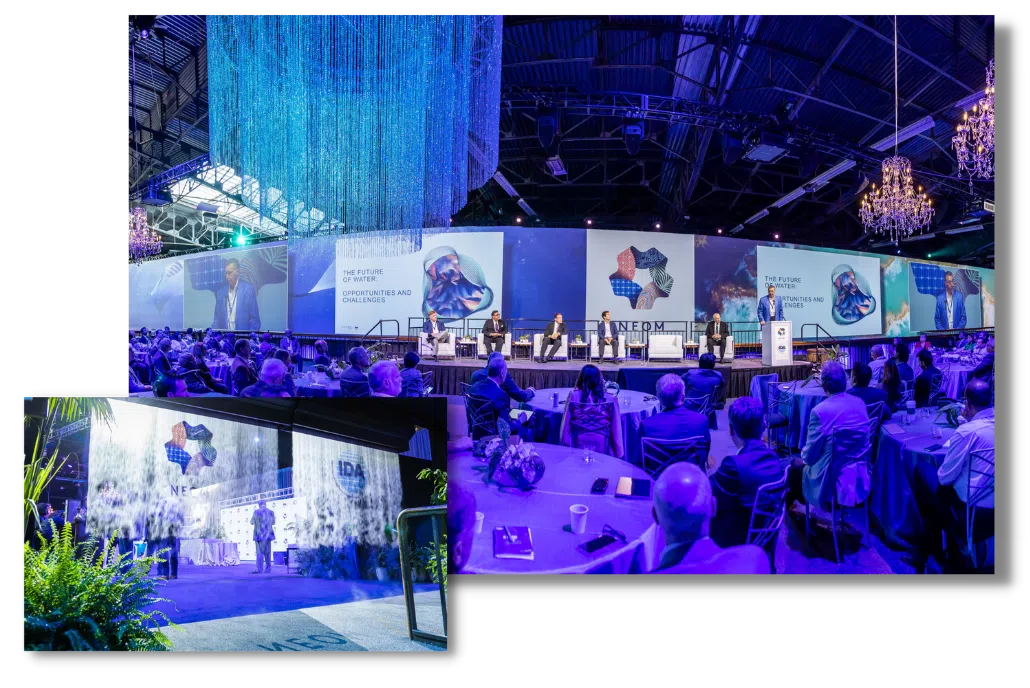Highlighting the Impact of Illumination Techniques on the Craft of Film Projection Mapping Techniques
Highlighting the Impact of Illumination Techniques on the Craft of Film Projection Mapping Techniques
Blog Article
Motion mapping projection is an exciting creative form that merges tech and creativity to transform common surfaces into remarkable sight displays. This method involves casting images and footage onto three-dimensional elements, such as buildings, artworks, or stages. One of the key significant factors in producing successful mapping in the use of effective lighting methods. Proper lighting enhances the aesthetic components of the display and guarantees that the images are crisp and engaging. This article examines the impact of illumination techniques on motion mapping and how they can elevate the complete experience.
Illumination plays a vital role in video mapping because it establishes the mood and feel of the exhibit. Different lighting techniques can elicit various emotions and reactions from the viewers. For example, using soft, cozy lights can create a inviting environment, while vivid, cool illumination may create a more dynamic or dramatic effect. By thoughtfully choosing illumination colors and intensities, artists can manipulate how audience interpret the displayed images, leading to a more engaging experience. The equilibrium between mapping luminance and surrounding illumination is essential, as it can greatly impact the clarity and impact of the images.
In addition, color check this and intensity, the direction of illumination also influences the efficacy of mapping. Illumination from different directions can create shadows and accents that introduce dimension to the projected images. This technique, known as light and shadow, can improve the three-dimensionality of the objects being mapped. Additionally, using dynamic illumination can introduce dynamism to the exhibit, making the experience more engaging for the audience. When the light interacts with Get More Info the mapped visuals, it can create an illusion of movement and transformation, capturing the viewers' attention.
Another essential aspect of lighting in projection in the use of unique features. Methods such as patterned illumination, which uses patterns and shapes to filter light, can add texture and complexity to the projections. This method allows creators to superimpose visuals and produce aesthetically captivating results that enhance the projection. Moreover, incorporating laser lights or light-emitting diode illumination can further enhance the display, offering a unique mix of sight components that draw the audience in. These special features, when used carefully, can transform the mapping into a basic display to an immersive work of art.
In summary, the influence of lighting techniques on video projection is profound. By comprehending how various illumination components connect with mapped visuals, artists can create captivating experiences that connect with audience. The thoughtful choosing of color, brightness, angle, and special effects allows for a vivid canvas of sight narrative. As tech continues to grow, the possibilities for creative showcasing in mapping will only expand, making lighting an ever-important component in this innovative creative medium.